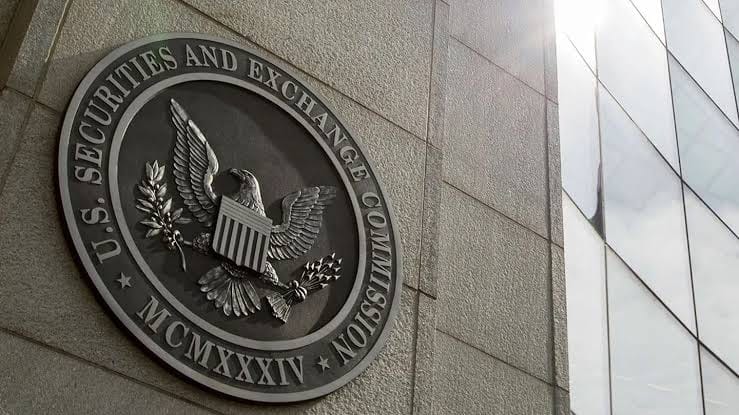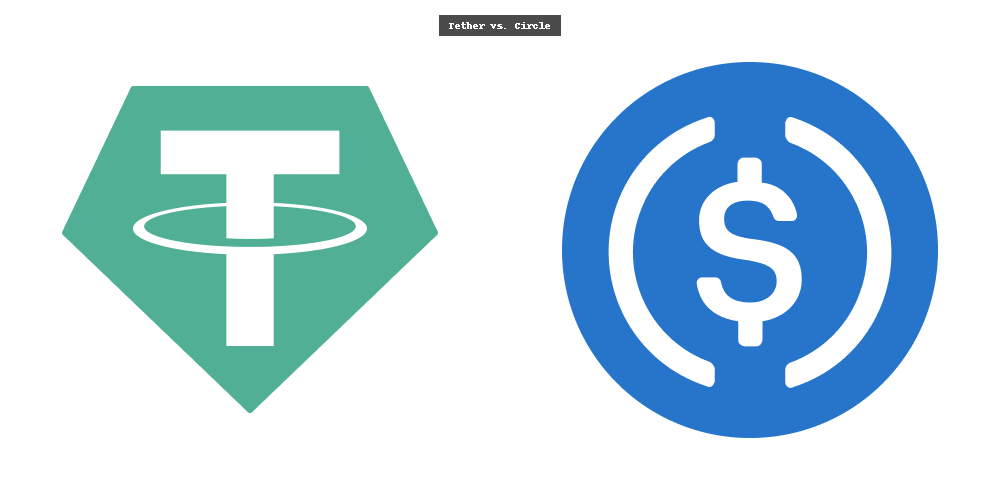DeFi Advocates Push for SEC Safe Harbor for Non-Custodial Apps

A practical look at the proposal to shield non-custodial DeFi apps from broker rules — how it could spur innovation, what clarity it gives, and whether it’s fair to treat apps like traditional brokers.
What’s on the table
A coalition led by a16z Crypto and the DeFi Education Fund (DEF) recently asked the SEC for a narrow “safe harbor” for certain blockchain apps — think wallets, DEX front-ends, NFT marketplaces and other interfaces that don’t custody user funds, don’t exercise discretionary control, and don’t actively solicit investments. The idea: if an app meets clear technical + behavioral tests (no custody, no discretion, no recommendations, immutable or auditable code, etc.), it shouldn’t be shoehorned into broker-dealer rules meant for human intermediaries. a16z cryptoSEC
That petition lands amid a broader policy moment: regulators are revisiting how securities laws map onto decentralized systems, and the SEC has been asked to clarify where the line sits between code and broker. The advocacy push is trying to shape that answer before it hardens into enforcement or litigation. Axios
Why proponents say a safe harbor matters — fast, practical gains for builders
Startups and dev-tools teams have a practical problem. Under the SEC’s existing broker-dealer framework, an app that helps users buy or trade tokens can be seen as providing a “brokerage service” — even if the app only packages, signs, or routes transactions and never controls funds. That fear pushes teams to either (a) centralize to satisfy compliance, or (b) operate in legal limbo — both outcomes that slow real product innovation.
A well-scoped safe harbor aims to do three things:
- Lower the legal overhead for genuinely non-custodial builders, so small teams can ship UX improvements (routing, batching, solver optimizations) without immediate broker registration costs. Blockworks
- Protect decentralization by preventing regulatory incentives that force apps to centralize simply to reduce legal risk.
- Give users better products faster, because developers can focus on usability rather than building compliance walls into every app.
Proponents argue the tests in the proposal are measurable and bright-line — which is the whole point: predictable rules let lawyers stop being the product roadmap. a16z crypto
The flip side: what a safe harbor doesn’t solve (and why some regulators push back)
A safe harbor isn’t a free pass. The proposal’s four eligibility conditions are intentionally strict. But critics point out real-world frictions:
- Edge cases are messy. Many apps use helpers — order routers, liquidity aggregators, or smart-order-routers — that may perform optimization on behalf of users. Is that “discretion”? The proposal tries to carve out optimization as okay, but enforcement will hinge on nuanced technical facts about control and consent. SEC
- Economic realities matter. If a front-end captures flow, sells order data, or funnels users to favored counterparties, regulators may view it as performing broker-like economic functions even without custody.
- Investor protection concerns. The SEC’s broker rules exist to protect people in trust relationships. Skeptics worry that a broad safe harbor could leave retail users exposed when complex contract bugs or hidden routing logic misbehaves.
So the debate is partly legal and partly moral: how do you preserve safety nets (audits, disclosures, dispute channels) while removing rules that choke neutral tooling?
Are DeFi apps really the same as brokers? Not really — but the comparison helps explain the risk
Calling a non-custodial DEX interface a “broker” is useful shorthand, but it stretches the model:
- Traditional broker = trusted intermediary. Brokers hold customer funds, match orders, custody assets, and provide advice or execution on behalf of clients. Their responsibilities are legal and fiduciary.
- Non-custodial DeFi app = software + UX. These interfaces typically present, sign, and send transactions; users retain private keys. There is no counterparty risk intrinsic to the app (the risk lives in the smart contract and the chain).
The critical difference is trust: broker = trust in the firm; DeFi app = trust in code. But reality sits between those poles: many users still rely on app UI, curated pools, and recommended routers — and that soft trust can create economic leverage similar to custody. That’s why the line is hard to draw and why the safe harbor proposal emphasizes objective technical constraints (no custody, no discretion). CoinDesk
In short: it’s not accurate to equate all DeFi apps with brokers — however, regulators are right to worry about intermediary-like behaviors that can emerge in ostensibly “neutral” software.
What a safe harbor would actually change (and what it wouldn’t)
If the SEC adopted a narrowly tailored safe harbor like the one proposed, here’s what would likely change:
- More innovation at the UX layer. Expect faster iteration on routers, batching, gas optimization, and privacy-preserving front ends. Small teams that previously feared broker classification would be more willing to experiment. Blockworks
- Less regulatory-driven centralization. Startups could avoid moving to custodial models simply to get regulatory certainty. That preserves composability and open protocols.
- Cleaner enforcement priorities. The SEC could concentrate on custody, fraud, and sale-of-securities conduct rather than chasing UI improvements.
What it wouldn’t do:
- Shield truly custodial services or platforms that exert economic control.
- Prevent other agencies (CFTC, FinCEN) from applying their own rules where appropriate.
- Replace the need for audits, security standards, and consumer-facing disclosures.
Practical considerations for policymakers and builders
For the safe harbor to be effective, policymakers should:
- Make the tests objective. Use measurable criteria (does the app hold keys? can it cancel or reverse txns? does it receive or custody funds?). Black-and-white rules reduce enforcement chess matches. SEC
- Require transparency guardrails. Even non-custodial apps should display clear warnings about counterparty and smart-contract risks, and publish proof of audits and routing logic.
- Coordinate agency authority. The SEC’s carve-out should be harmonized with tax, AML, and commodities rules to avoid regulatory whack-a-mole.
- Monitor market concentration. If a handful of apps capture most flow, revisit whether their behavior mirrors traditional intermediaries and adjust oversight accordingly.
Bottom line — a pragmatic compromise, not a blank check
The safe harbor push is an attempt to square two competing goals: foster innovation at the protocol and UX layers, while preserving investor protections rooted in centuries of market practice. The proposal from a16z and DEF is purposeful: narrow conditions, measurable tests, and a clear goal of keeping neutral tooling neutral.
If regulators accept a carefully scoped safe harbor, we could see a burst of UX-centric innovation without the compliance deadweight that currently pushes teams toward centralization. But success depends on precise legal drafting, inter-agency coordination, and enforcement that targets economic function over form.
In short: treating DeFi apps exactly like brokers is inaccurate; ignoring the economic reality that some interfaces behave like brokers would be reckless. A tailored safe harbor — one that protects genuinely non-custodial interfaces while preserving routes for enforcement where apps cross into intermediary behavior — could be a workable middle path. And that middle path might finally let DeFi evolve where it belongs: at the intersection of open code, clear rules, and accountable markets. a16z cryptoCoinDeskBlockworks
Internal Mitosis Links & Glossary References
- Bitcoin
- Blockchain
- Cryptocurrency
- Mitosis Core: https://university.mitosis.org/mitosis-core
- Governance: https://university.mitosis.org/governance
- Glossary: https://university.mitosis.org/glossary/
- Ecosystem Connections: https://university.mitosis.org/ecosystem-connections



Comments ()